SEKO examines how 5G, the Internet of Things and a growing need for data on demand are influencing the development of pump technology in the water-treatment sector.
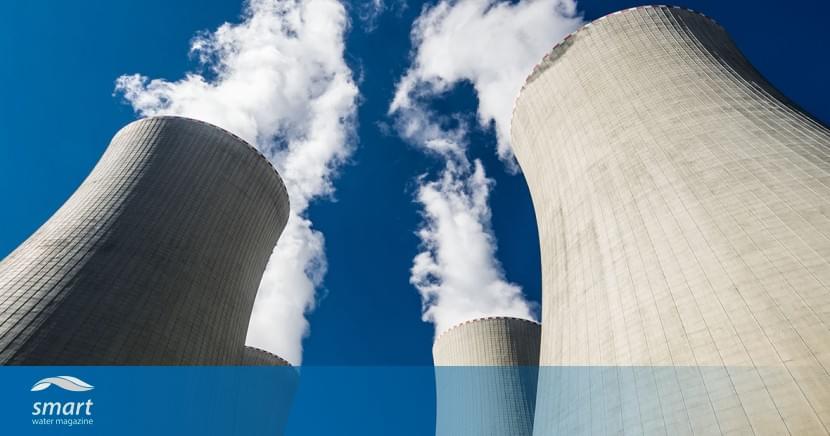

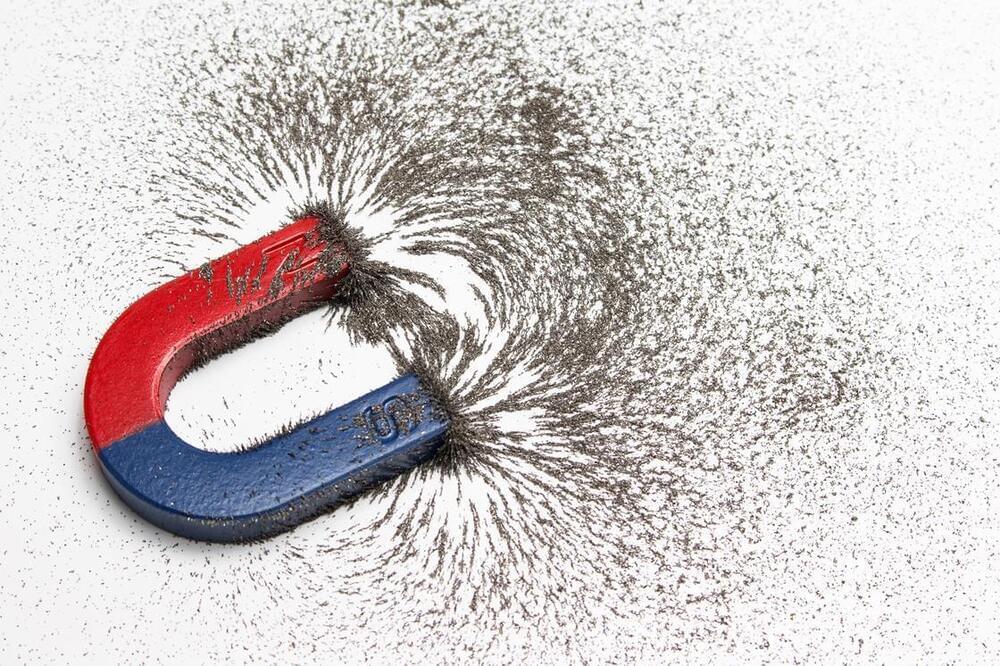
Probability of a reaction occurring increases 100-fold and points to quantum control of chemistry.
A new step towards quantum control of chemistry has been achieved by researchers in the US, who found that tuning the magnetic field applied to colliding ultracold molecules could alter the probability of them reacting or undergoing inelastic scattering a 100-fold.1 The work could potentially prove useful for producing large ensembles of molecules in the same state and investigating their properties.
At room temperature, the random thermal motion of atoms and molecules blurs the quantum nature of chemistry. In an ultracold regime, however, this thermal motion is stilled, revealing chemical interactions as quantum interference processes between matter waves. Remarkable phenomena have been seen in ultracold atomic gases, such as the creation of Bose–Einstein condensates, in which atoms all enter the quantum ground state of a trap, allowing a macroscopic view of their quantum wavefunction. Wolfgang Ketterle at the Massachusetts Institute of Technology (MIT), whose group performed the new research, shared the 2001 physics Nobel prize for the creation of this condensate.
Cooling molecules to the ground state of a trap is much trickier than cooling atoms because they can contain thermal energy in so many internal degrees of freedom, and was only achieved by Jun Ye of JILA in the US and colleagues recently.2 In 2020, Ye’s group applied an electric field to potassium–rubidium molecules, which decay into diatomic potassium and rubidium molecules. The researchers showed that, at a specific field, the molecules were excited into states forbidden by quantum mechanics and could get close enough to react. This drastically slowed the decay rate. ‘For our system, we typically think that, if the two molecules get very close together, there is close to a 100% chance that they will undergo a chemical reaction,’ explains Kyle Matsuda, Ye’s PhD student and the 2020 paper’s lead author.

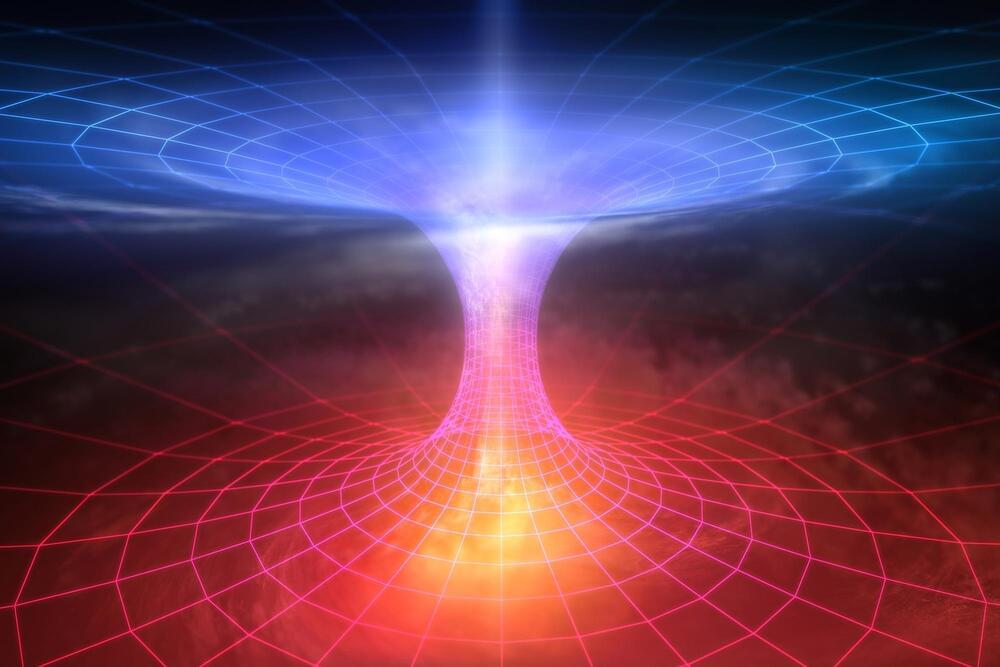
A mathematical analysis helps illuminate the puzzle over how information escapes from a black hole.
A RIKEN physicist and two colleagues have found that a wormhole—a bridge connecting distant regions of the Universe—helps to shed light on the mystery of what happens to information about matter consumed by black holes.
Einstein’s theory of general relativity predicts that nothing that falls into a black hole can escape its clutches. But in the 1970s, Stephen Hawking calculated that black holes should emit radiation when quantum mechanics, the theory governing the microscopic realm, is considered. “This is called black hole evaporation because the black hole shrinks, just like an evaporating water droplet,” explains Kanato Goto of the RIKEN Interdisciplinary Theoretical and Mathematical Sciences.

Also read: india creates world’s first DC electric train engine with regenerative braking, promises rs 25 lakh saving per train.
Dubbed Infinity Train, it works by using gravitational energy created on the downhill sections of the rail network to recharge its battery power and eliminate the need for recharging on the return leg of the journey.
The train will allow for a capital-efficient solution for removing diesel and pollutants from Fortescue’s rail operations. It will also help remove the need for the generation of renewable energy as well as the setting up of expensive charging infrastructure.

Since the discovery of the Higgs boson a decade ago, the ATLAS and CMS collaborations at the Large Hadron Collider (LHC) have been hard at work trying to unlock the secrets of this special particle. In particular, the collaborations have been investigating in detail how the Higgs boson interacts with fundamental particles such as the particles that make up matter, quarks and leptons. In the Standard Model of particle physics, these matter particles fall into three “generations” of increasing mass, and the Higgs boson interacts with them with a strength that is proportional to their mass. Any deviation from this behavior would provide a clear indication of new phenomena.
ATLAS and CMS have previously observed the interactions of the Higgs boson with the heaviest quarks and leptons, of the third generation, which within the current measurement precision agree with the predictions from the Standard Model. And they have also obtained the first indications that the Higgs boson interacts with a muon, a lepton of the second generation. However, they have yet to observe it interacting with second-generation quarks. In two recent publications, ATLAS and CMS report analyses that place tight limits on the strength of the Higgs boson interaction with a charm quark, a second-generation quark.
ATLAS and CMS studied the Higgs boson interactions by looking at how the boson transforms, or “decays,” into lighter particles or how it is produced together with other particles. In their latest studies, using data from the second run of the LHC, the two teams searched for the decay of the Higgs boson into a charm quark and its antimatter counterpart, the charm antiquark.
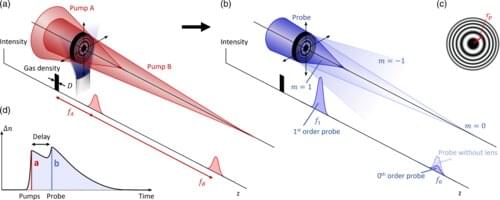
A team of researchers from Lawrence Livermore National Laboratory, the University of California at Berkeley and Princeton University has developed plasma-based techniques to build a lens for laser beams with petawatt-scale power. In their paper published in the journal Physical Review Letters, the group describes the two techniques they developed.
Physicists conducting work with particle accelerators and fusion research efforts are hopeful that other researchers will build lasers that are more powerful than those currently available. Such work has been held up by the solid-state optics technology used to create lasers—giving them more power would damage the parts used to generate the laser, making them useless. In this new effort, the researchers noted that other researchers have found that plasma can be used to create optic components such as amplifiers and mirrors. They wondered if the same might be true for the kind of lens needed to produce extremely powerful laser beams. They came up with a concept that involved inducing patterns of high and low density in a given plasma. Light moving through it, they note, would experience a phase shift based on the density of the plasma.
The researchers did not actually build such a laser, but instead, proposed two ways that it might be built. The first method involved firing two pump lasers at a gas sample. The first laser ionized the gas into a plasma, while the second did not. The result was a plasma with a bulls-eye configuration of high and low-density plasma rings, which could be used as a laser lens.
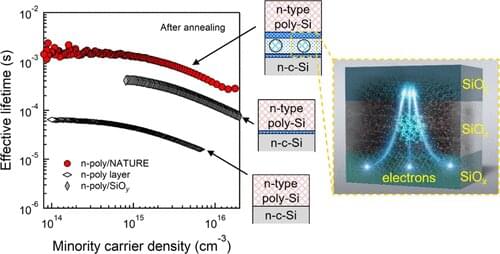
In the future, decarbonized societies that use internet of things (IoT) devices will become commonplace. But to achieve this, we need to first realize highly efficient and stable sources of renewable energy. Solar cells are considered a promising option, but their electrical contacts suffer from a “tradeoff” relationship between surface passivation and conductivity. Recently, researchers from Japan have developed a new type of electrical contact that can overcome this problem.
The most recent type of commercial photovoltaic cell (solar cell) uses stacked layers of crystalline silicon (c-Si) and an ultrathin layer of silicon oxide (SiOx) to form an electrical contact. The SiOx is used as a “passivating” film—an unreactive layer that improves the performance, reliability, and stability of the device. But that does not mean that simply increasing the thickness of this passivating layer will lead to improved solar cells. SiOx is an electrical insulator and there is a trade-off relationship between passivation and the conductivity of the electrical contact in solar cells.
In a new study, published in ACS Applied Nano Materials, a research team led by Assistant Professor Kazuhiro Gotoh and Professor Noritaka Usami from Nagoya University has developed a novel SiOx layer that simultaneously allows high passivation and improved conductivity. Named NAnocrystalling Transport path in Ultrathin dielectrics for REinforcing passivating contact (NATURE contact), the new electrical contact consists of three-layer structures made up of a layer of silicon nanoparticles sandwiched between two layers of oxygen-rich SiOx. “You can think of a passivating film as a big wall with gates in it. In the NATURE contact, the big wall is the SiOx layer and the gates are Si nanocrystals,” explains Dr. Gotoh.

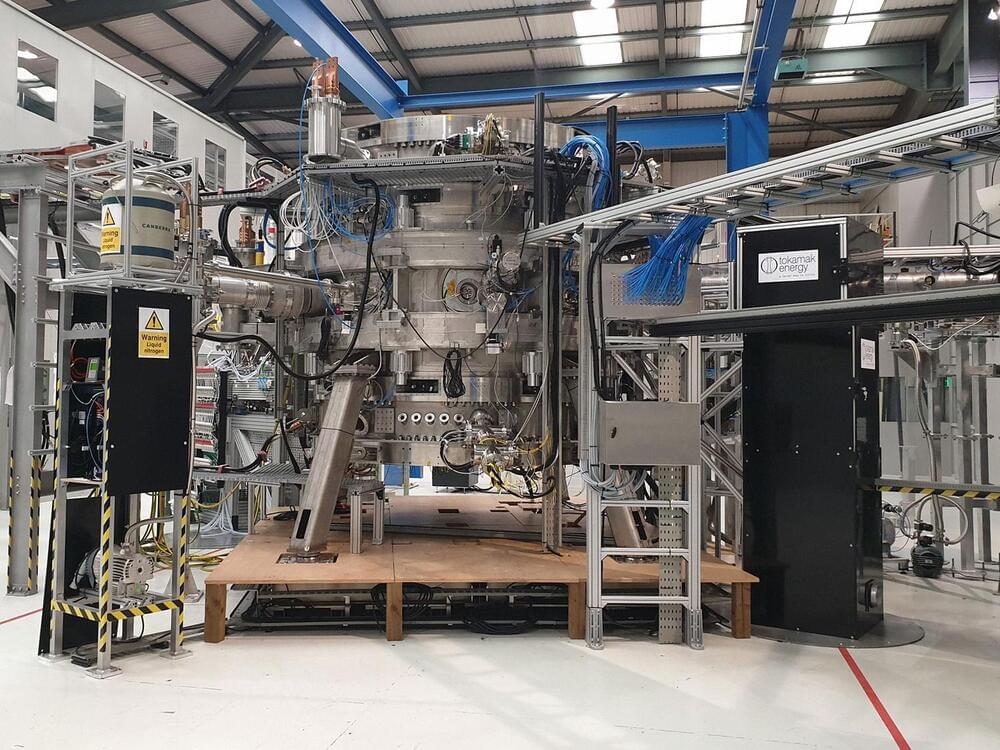
If nuclear fusion reaction – the process that powers the Sun and other stars – could be used on a consistent basis on Earth, it would be a source of virtually unlimited clean energy. But there are still a lot of obstacles to overcome.
U.K.-based nuclear fusion firm Tokamak Energy has demonstrated a world-first with its privately-funded ST40 spherical tokamak, achieving a plasma temperature of 100 million degrees Celsius. This threshold is necessary for the future deployment of commercially successful fusion power. According to the company, this is by far the highest temperature ever achieved in a spherical tokamak and by any privately funded tokamak.
Several government laboratories have reported plasma temperatures above 100 million degrees in conventional tokamaks, including South Korea’s KSTAR reactor and China’s “artificial sun” EAST tokamak reactor. However, Tokamak Energy highlights that its milestone has been achieved in just five years, or a cost of less than £50m ($70m), in a much more compact fusion device. This achievement further substantiates spherical tokamaks as the optimal route to the delivery of clean, secure, low-cost, scalable, and globally deployable commercial fusion energy.